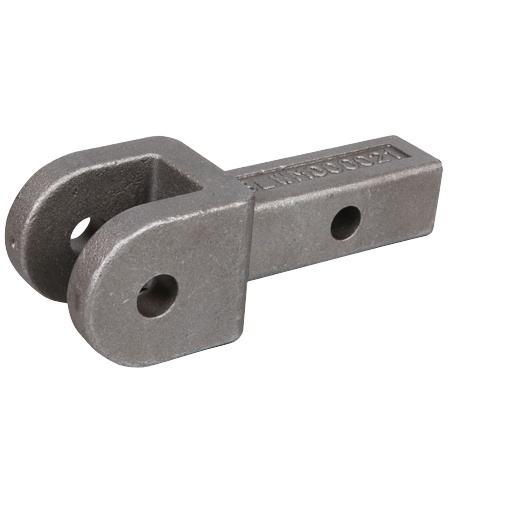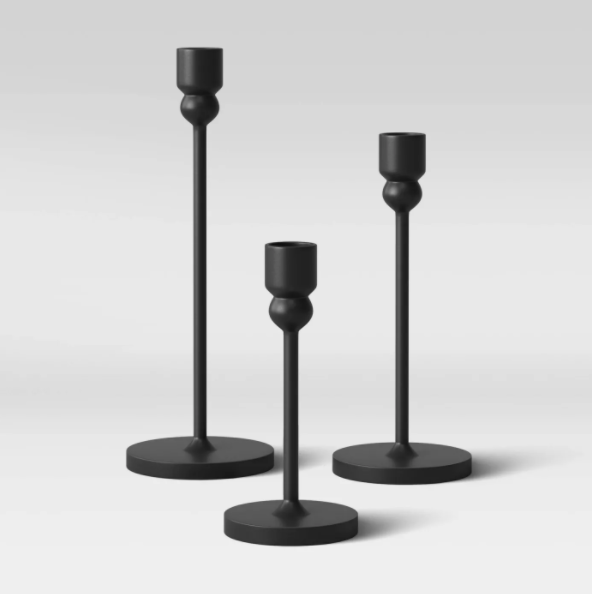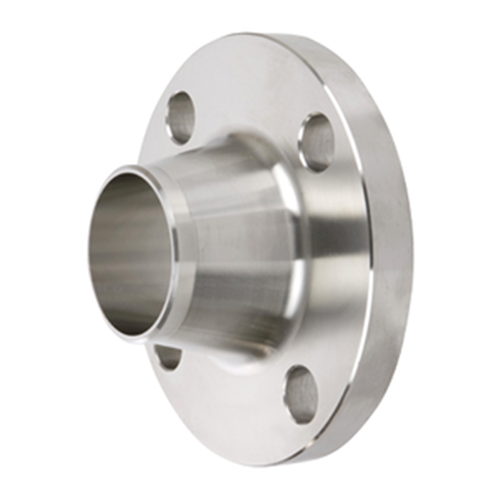In summary, lost wax casting parts for Layher scaffolding spare parts have a wide range of uses and applications in the construction industry. Whether it is couplers, base plates, diagonal braces, adjustable screw jacks, or ledger blades, these precision-crafted parts contribute to the stability, safety, and reliability of scaffolding systems. The use of high-quality materials, precision manufacturing processes, and rigorous quality control measures ensures that these parts can withstand the demanding conditions of construction environments, making them indispensable components for Layher scaffolding systems.
While lost wax casting parts for Layher scaffolding spare parts are known for their durability and reliability, faults can occur due to a variety of factors. It is important to understand these causes in order to prevent and address any issues that may arise. Here are some common causes of faults in lost wax casting parts:
Design Flaws: Faults can occur if there are flaws or errors in the initial design of the part. This can include improper dimensions, inadequate reinforcement, or weak structural integrity. It is essential to have a well-designed part that meets the specific requirements and demands of the scaffolding system.
Material Defects: The quality of the material used for lost wax casting parts is crucial. If the material has defects such as impurities, inconsistencies, or improper heat treatment, it can lead to weak or faulty parts. Material defects can compromise the strength, durability, and overall performance of the part.
Casting Process Issues: Lost wax casting is a complex process that involves several stages, such as pattern making, shell building, and metal pouring. Any issues or mistakes during these stages can result in faults in the final part. This can include improper wax pattern assembly, inadequate shell coating, or improper metal pouring and solidification.
Poor Quality Control: The lack of quality control measures during the manufacturing process can also lead to faults in the parts. Insufficient inspections, inadequate testing, or failure to meet the required standards can result in the production of faulty parts. It is essential to implement rigorous quality control procedures to ensure that each part meets the necessary specifications.
Improper Handling or Installation: Faults can occur if the parts are mishandled, improperly stored, or incorrectly installed. Rough handling, excessive force, or improper alignment during installation can lead to damage or failure of the parts. It is important to follow proper handling and installation guidelines to prevent any faults or issues.
Environmental Factors: The environment in which the scaffolding system operates can also affect the performance of the lost wax casting parts. Exposure to corrosive substances, extreme temperatures, or harsh weather conditions can lead to degradation or damage of the parts over time.
In conclusion, faults in lost wax casting parts for Layher scaffolding spare parts can occur due to design flaws, material defects, casting process issues, poor quality control, improper handling or installation, and environmental factors. By addressing these causes and implementing proper measures, such as improved design, high-quality materials, thorough quality control, and proper handling practices, the occurrence of faults can be minimized, ensuring the reliability and performance of the parts in scaffolding systems.
5. Troubleshoot the fault Troubleshooting Faults in Lost Wax Casting Parts for Layher Scaffolding Spare Parts
Lost wax casting parts for Layher scaffolding spare parts are known for their durability and reliability. However, like any other component, they may experience faults or issues over time. Here are some common faults that may occur and steps to troubleshoot them:
Cracks or Fractures: Cracks or fractures in the casting parts can occur due to factors such as material defects, improper cooling, or excessive stress. To troubleshoot this issue, conduct a thorough inspection to identify the location and extent of the cracks. If the cracks are small, they can be repaired by welding or brazing. If the cracks are extensive or compromise the structural integrity of the part, it may need to be replaced.
Dimensional Inaccuracies: Dimensional inaccuracies in the casting parts can occur due to errors in the initial design or issues during the casting process. To troubleshoot this issue, compare the dimensions of the faulty part with the original design specifications. If the inaccuracies are minor, they can be corrected by machining or grinding. If the inaccuracies are significant and affect the functionality of the part, it may need to be remanufactured.
Surface Imperfections: Surface imperfections such as roughness, porosity, or uneven texture can occur during the casting process. To troubleshoot this issue, inspect the surface of the part to identify the specific imperfections. Depending on the severity, the surface can be smoothed or polished using appropriate techniques such as sandblasting, grinding, or chemical treatments. In some cases, the surface imperfections may be acceptable if they do not affect the performance or aesthetics of the part.
Corrosion or Oxidation: Corrosion or oxidation can occur if the casting parts are exposed to corrosive substances or harsh environments. To troubleshoot this issue, thoroughly clean the affected parts using appropriate cleaning agents and techniques. If the corrosion or oxidation is extensive, it may be necessary to remove the damaged layer and apply protective coatings or treatments to prevent further deterioration. Regular maintenance and proper storage practices can also help prevent corrosion or oxidation.
Mechanical Failure: Mechanical failures such as part deformation, breakage, or excessive wear can occur due to factors such as overloading, improper installation, or lack of maintenance. To troubleshoot this issue, thoroughly inspect the failed part to identify the root cause of the failure. Address the underlying cause by reinforcing the part, improving installation techniques, or implementing proper maintenance practices. If the mechanical failure is severe or recurrent, it may be necessary to redesign or replace the part with a more robust alternative.
In conclusion, troubleshooting faults in lost wax casting parts for Layher scaffolding spare parts involves a thorough inspection, identification of the specific issue, and implementing appropriate corrective measures. By addressing these faults in a timely and effective manner, the durability and reliability of the casting parts can be maintained, ensuring the safety and performance of the scaffolding system.
6. How to install and use How to Install and Use Lost Wax Casting Parts for Layher Scaffolding Spare Parts
Installing and using lost wax casting parts for Layher scaffolding spare parts requires careful attention to ensure proper assembly and safe operation. Here is a step-by-step guide on how to install and use these parts effectively:
Pre-Installation Preparation:
Before installation, ensure that you have all the necessary components and tools required for the specific part.
Thoroughly inspect the casting parts to check for any physical damage, cracks, or defects. If any issues are found, contact the manufacturer for a replacement.
Familiarize yourself with the assembly instructions provided by the manufacturer. Follow the instructions carefully to ensure proper installation.
Assembly Process:
Start by cleaning the connecting points of the scaffold where the casting part will be installed. Remove any dirt, debris, or rust to ensure a secure fit.
Align the casting part with the corresponding scaffold component, such as a coupler or base plate. Ensure that the part fits snugly and aligns correctly with the scaffold structure.
Use the appropriate fastening method, such as bolts or screws, to secure the casting part in place. Follow the recommended torque specifications provided by the manufacturer to ensure proper tightness. Avoid over-tightening, as it may damage the part or the scaffold.
Repeat the above steps for each casting part that needs to be installed.
Post-Installation Inspection:
Once all the casting parts are installed, conduct a thorough visual inspection of the scaffold structure, paying close attention to the areas where the casting parts are installed.
Check for any signs of misalignment, loose connections, or defects in the casting parts. If any issues are identified, address them immediately by re-aligning, tightening, or replacing the parts as necessary.
Inspect the overall stability of the scaffold structure. Ensure that all connections are secure and that the scaffold is level and capable of supporting the intended load.
Safe Usage Guidelines:
Adhere to the recommended load capacity limits specified by the manufacturer for the scaffold and the installed casting parts.
Avoid applying excessive force or placing heavy loads on the scaffold, as it may lead to structural failure or damage to the casting parts.
Regularly inspect the scaffold structure and the casting parts for any signs of wear, damage, or deterioration. Replace any faulty or worn-out parts immediately.
Follow all safety guidelines and regulations while using the scaffold, including proper use of personal protective equipment.
If any issues or concerns arise during the usage of the scaffold or the casting parts, contact the manufacturer for assistance or consult with a professional engineer.
In conclusion, the proper installation and use of lost wax casting parts for Layher scaffolding spare parts involve careful preparation, precise assembly, regular inspections, and adherence to safety guidelines. By following the recommended procedures, these parts can contribute to the stability, durability, and safety of the scaffold structure.
Ningbo City Yinzhou Ruican Machinery Co, Ltd is direct manufacturer, covers the
Sand Casting Foundry. Investment Casting Foundry and Machining Workshop, and offer the Ductile Iron &Grey Iron Sand Casting parts, investment casting parts, Aluminium castings and precision machining parts. The produced parts are widely used in
Auto Parts: Agricultural, Marine: Architectural Machinery, Medical; Food Machinery,
Valves and so on. The material which we used is ductile iron: Aluminium: Bronze; Brass: Copper: carbon steel: stainless steel end so on.










